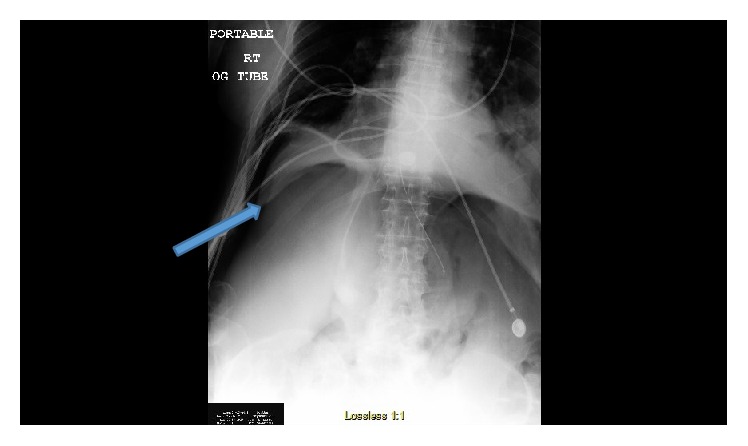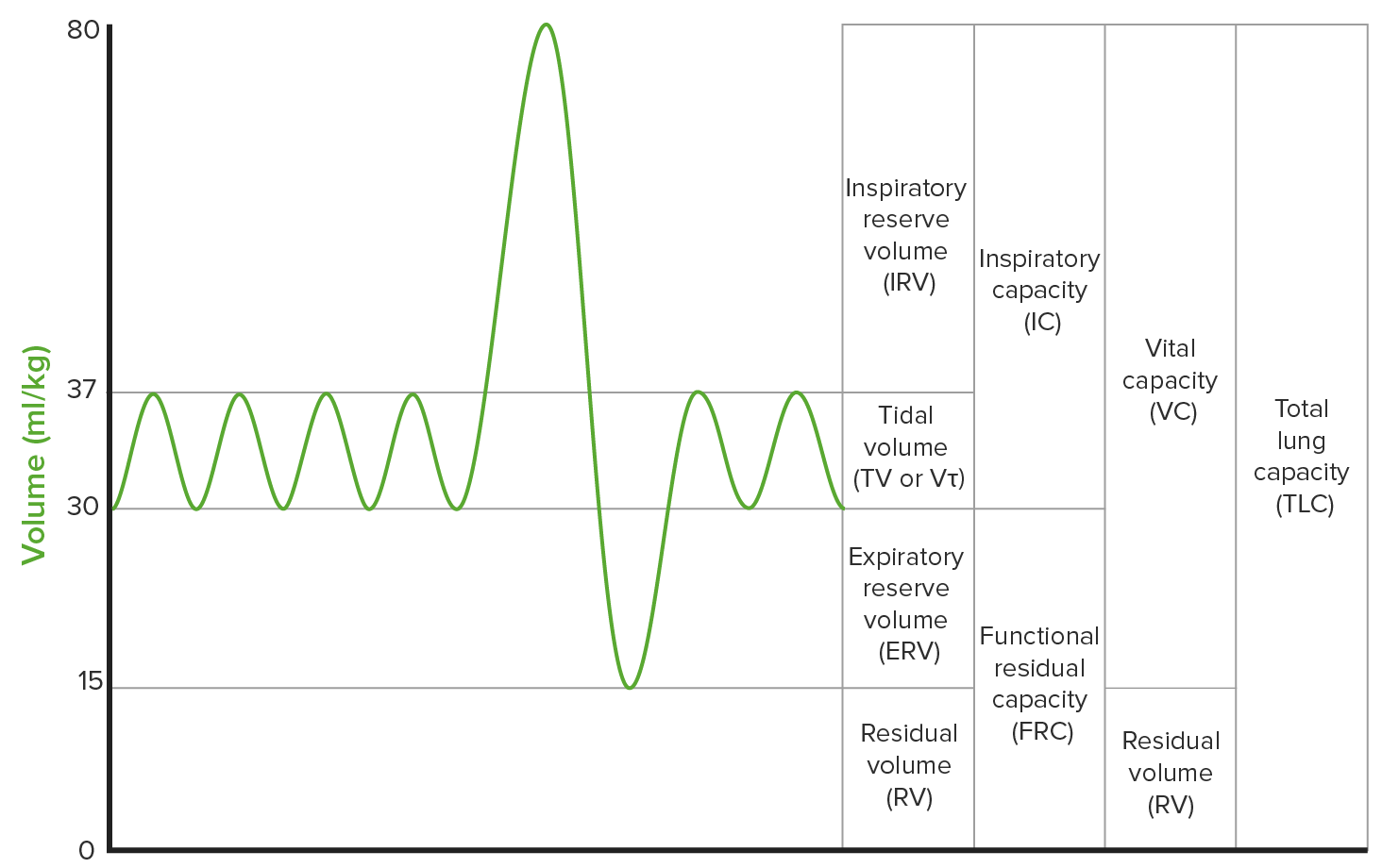Playlist
Show Playlist
Hide Playlist
Obstructive Lung Disease: Pathogenesis
-
Slides ObstructiveLungDisease RespiratoryPathology.pdf
-
Reference List Pathology.pdf
-
Download Lecture Overview
00:03 Specific diseases is where we are finally. Up until this point, we have taken a look at various tools in which you can diagnose your patient. Speaking about looking at the overview of obstructive lung diseases. So what is COPD by definition? Now, pay attention here because what we will do as we go into specific diseases is then carve out those specific diseases that fall into the definition of current day practice, chronic obstructive pulmonary disease, or they do not. COPD is a common, preventable and treatable disease that is characterised by air flow limitation. And by air flow limitation, it means that you are having a hard time getting air out. It’s usually progressive and associated with an enhanced chronic inflammatory response in the airways and the lung to noxious particles or gases. Often times, it is about the exposure that the patient has had. For example smoking. 01:04 The exacerbations and comorbidities contribute to the overall severity in the individual. And so, when we start talking about signs and symptoms, well, what kind of test? May be something like a DLCO would then tell you, “Wow, my patient is in trouble.” Spend a minute or two just making sure that you are completely comfortable with the definition of COPD and therefore, walk into our pathologies, it will make a lot more sense.
About the Lecture
The lecture Obstructive Lung Disease: Pathogenesis by Carlo Raj, MD is from the course Obstructive Lung Disease: Basic Principles with Carlo Raj.
Included Quiz Questions
Which of the following best describes chronic obstructive pulmonary disease (COPD)?
- A common, preventable, and treatable disease characterized by airflow limitation
- A rare, progressive disease primarily caused by genetic factors
- An often reversible condition marked by decreased airflow due to muscle spasms
- A condition primarily affecting the heart and blood vessels, leading to airflow limitation
- An acute respiratory disease that resolves without long-term effects .
Customer reviews
5,0 of 5 stars
| 5 Stars |
|
5 |
| 4 Stars |
|
0 |
| 3 Stars |
|
0 |
| 2 Stars |
|
0 |
| 1 Star |
|
0 |





